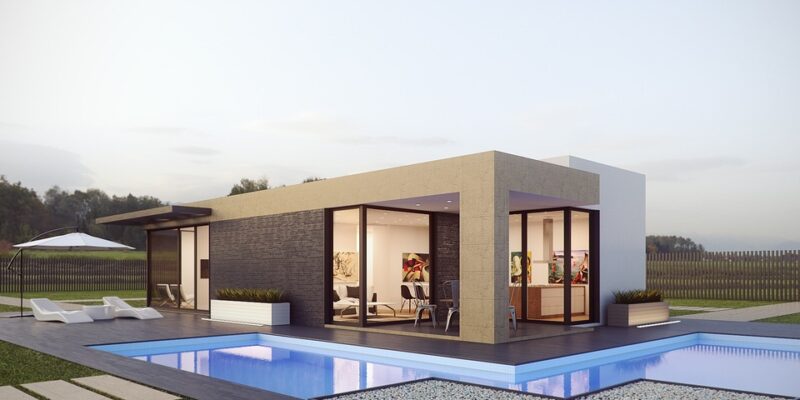The rapid evolution of photorealistic rendering
In recent years, the world of photorealistic rendering has undergone unprecedented advancements and innovations. From the improvement of hardware capabilities to the development of cutting-edge software, the future of photorealistic rendering is brighter than ever. As technology continues to evolve at a rapid pace, artists and designers are now able to bring their creations to life with astonishing realism and authenticity.
Hardware innovations driving photorealistic rendering
One of the key driving forces behind the advancement of photorealistic rendering is the continuous improvement of hardware capabilities. With the development of high-performance GPUs and CPUs, artists can now render complex scenes and images in a fraction of the time it would have taken a few years ago. This has opened up a world of possibilities for artists, allowing them to create stunning visuals with incredible levels of detail and realism.
Furthermore, the rise of ray tracing technology has revolutionized the way photorealistic rendering is done. By simulating the way light interacts with surfaces in a scene, ray tracing enables artists to achieve unprecedented levels of realism and accuracy in their renderings. This technology has been made possible by the development of powerful GPUs and hardware accelerators that can handle the complex computations required for ray tracing in real-time.
Software innovations pushing the boundaries of photorealistic rendering
In addition to hardware advancements, the development of innovative software solutions has also played a crucial role in the evolution of photorealistic rendering. Today, artists have access to a wide range of tools and applications that make it easier than ever to create stunning visuals with realistic lighting, textures, and effects.
One of the most significant advancements in recent years has been the integration of AI and machine learning algorithms into rendering software. By leveraging the power of AI, artists can now automate the process of creating realistic textures, lighting, and effects, saving time and allowing them to focus on the creative aspects of their work.
Moreover, the development of real-time rendering engines has made it possible for artists to see their creations come to life in real-time, allowing for faster iteration and more interactive workflows. With the rise of virtual and augmented reality technologies, real-time rendering has become an essential tool for designers and artists looking to create immersive and engaging experiences.
The future of photorealistic rendering: Trends to watch
As we look towards the future of photorealistic rendering, there are several trends and innovations that are likely to shape the way artists create and visualize their work. One of the most significant trends is the continued development of real-time rendering engines, which are becoming increasingly powerful and versatile. With the ability to render complex scenes in real-time, artists can now create interactive experiences that were once only possible with pre-rendered images.
Another trend to watch is the rise of cloud rendering services, which are making it easier for artists to scale their rendering workflows and collaborate with others remotely. By offloading the rendering process to the cloud, artists can save time and resources while still achieving stunning results.
Additionally, the integration of virtual reality and augmented reality technologies into rendering workflows is likely to become more prevalent in the coming years. With the ability to view and interact with designs in a 3D space, artists can create more immersive and engaging experiences for their audiences.
In conclusion, the future of photorealistic rendering is bright, with hardware and software advancements driving innovation and pushing the boundaries of what is possible. By leveraging the latest technologies and trends, artists and designers can create stunning visuals that bring their creations to life with unparalleled realism and authenticity. As we continue to push the limits of photorealistic rendering, we can expect to see even more exciting innovations and developments in the years to come.
